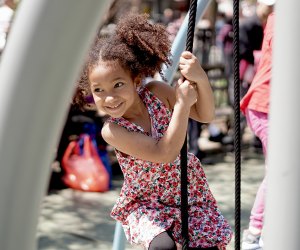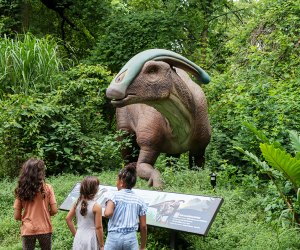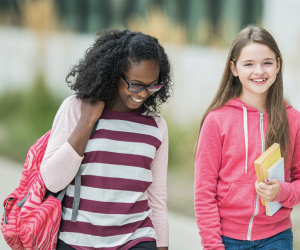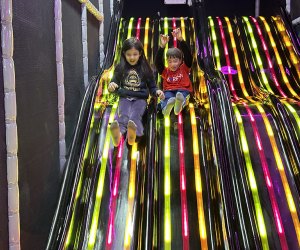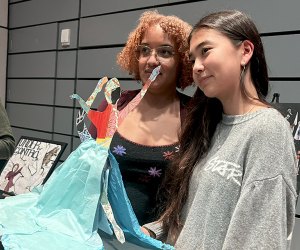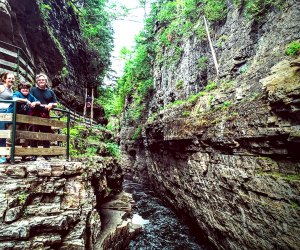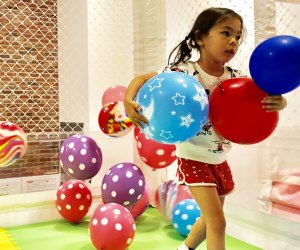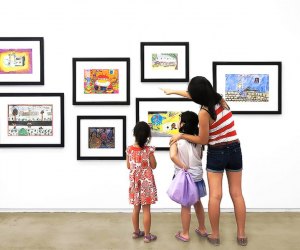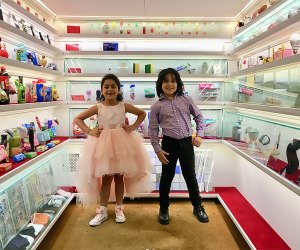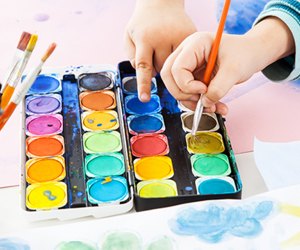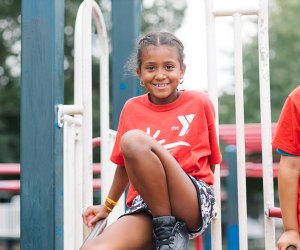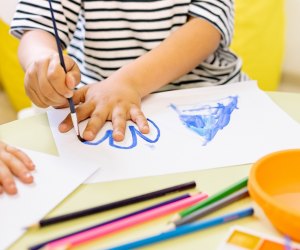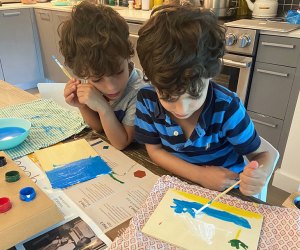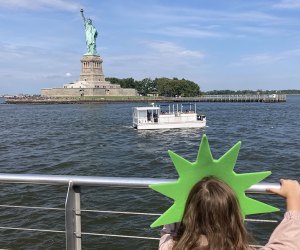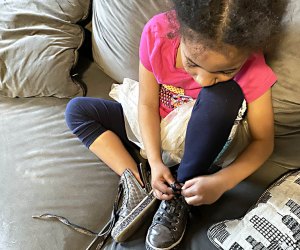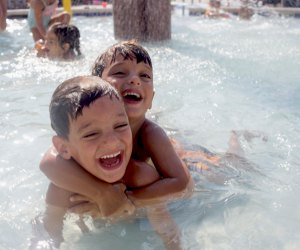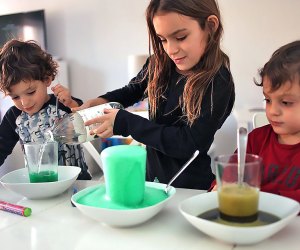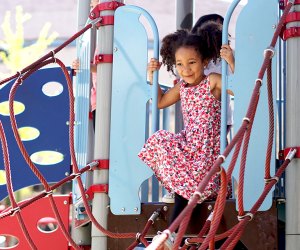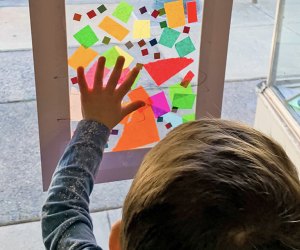How to Make Wildflower Seed Bombs: An Earth-Friendly Craft for Kids
Here's a fun summer craft for kids of all ages that helps pollinators and ecosystems, too: making wildflower seed bombs. Maybe you've heard that pollinators are in danger, but you don't know how to help or maybe don't even know what a pollinator is. Well, here's the scoop, along with a quick, easy, and fun craft for kids that also helps the earth. When you make wildflower seed bombs, you can plant flowers—without any digging or trowels—in your backyard, a flower pot, around your city, or even gift them to neighbors and friends to spread far and wide.
Here's how to make your own wildflower seed bombs that are perfect for whichever pollinators buzz in your backyard. Check out more green activities for kids in our Earth Kids Guide to Green Activities for the Planet.

Pollinators are insects, birds, and bats that pollinate plants. Photo by Alina Harris for the Xerces Society
Seed Bombs and Pollinators
First, some Science 101: Pollinators are insects, birds, and bats that pollinate plants. Pollination, when pollen from one flower mixes with pollen from other flowers, is how plants make seeds and food for us. But pollinators are in danger from the use of pesticides, habitat loss, and other threats. If we lose pollinators, humans lose delicious fruits and vegetables, not to mention the rich biodiversity on our planet that pollinators make possible. That's where seed bombs come in; it's an easy way to plant the flowers that pollinators need, anywhere and everywhere.
Wildflower Seed Bomb Materials
- Wildflower seeds native to your area
- Soil
- Natural Clay, which is available at most stores that carry art supplies
- A bowl of water
- A tray or baking sheet pan
- A work surface you don't mind getting dirty
- Bags and note cards, to share your seed bombs
RELATED: Create a Pollinator Garden in Your Home or Apartment
Dirt and water are half of the ingredients and you definitely have those lying around.
Wildflower Seed Bomb Instructions
Step 1: Find Seeds Native to Your Area
Make sure to find seeds for plants that naturally grow in your area to help your local ecosystem. The creatures who live near you want to eat the food they recognize—local, native plants. If you use seeds that come from other parts of the world, you risk introducing invasive species that will take over the local fauna. In short, local wildlife needs local plants. Xerces Society, whose mission is to protect pollinators, and the Lady Bird Johnson Wildflower Center are excellent resources for finding good plants for your region. One great starter seed is milkweed that's native to your area; milkweed is the host plant for monarch butterfly caterpillars. Once you've identified a few local wildflowers that interest you, order seeds online or go to your favorite gardening store.
RELATED: Fun Recycled Crafts for Kids

It's a fun excuse to bring dirt into the house!
Step 2: Gather Supplies and Prepare to Get Dirty!
Once you have your native seeds, gather your other supplies (soil, natural clay, water, a tray, and an area you don't mind getting a little messy). This activity is great for kids of any age, especially those who like to play in the dirt. Prepare your work surfaces by putting down an old tablecloth or using the tray to contain the mess.
Step 3: Forming the Ball
Here's the fun part: shape your soil and clay into seed bombs. It's somewhat of an experiment, depending on the consistency of your soil and clay. Use your judgment to mix together the right ratio of soil, clay, and water to form a ball. Take a small bit of clay and then add some soil and knead with your fingers, using water as needed to keep the ball sticky. The ball should be about the size of a quarter and damp, but not super wet.
RELATED: Backyard Gardening with Kids

Gently press in a few seeds.
Step 4: Add the Seeds
Each seed bomb only needs a few seeds—3-5 per bomb. You want the seeds to have enough room to grow once they sprout. If the seeds are big seeds like sunflower seeds, you want them towards the inside. If they are small seeds, stick them on the outside.
Step 5: Wait, AKA, Drying Time
Once you have your seed bombs made (and it's ok if they're more like blobs), you need to set them aside to dry. One packet of seeds makes about 8-10 seed bombs. Leave them on a tray to dry for 24 hours, until they're hard as rocks.
RELATED: Vegetarian Recipes Your Picky Kids Will Love

Make extras to give to friends and neighbors.
Step 6: Plant or Distribute!
The best thing about wildflower seed bombs is you don't have to do any digging to plant! Just find a good place for your seed bomb to rest. A bare patch of dirt without dense vegetation nearby is perfect. Rough up the soil a bit and place your bomb. The next time it rains your seed bomb will naturally disintegrate and with time, bring beautiful flowers to your part of the world. If you would like to gift your seed bombs, you can wrap them up in bags with simple instructions for your nature-loving friends and family (or beloved kids' teachers) to plant in their neck of the woods.
Helpful Hints for Making Seed Bombs
You don't need to water or tend to your seed bombs once you've placed them outside. If you're using plants native to your area, the natural conditions will be right for them to start growing, although it may take time and patience.
To help make sure younger kids don't put too many seeds in one ball, you can let them form the blobs and you can sprinkle the seeds.
Don't forget to share your seed bombs with the world. The more seed bombs you make, the more you support your local pollinators and grow beautiful flowers in the process!
All photos courtesy of the author, unless otherwise indicated








